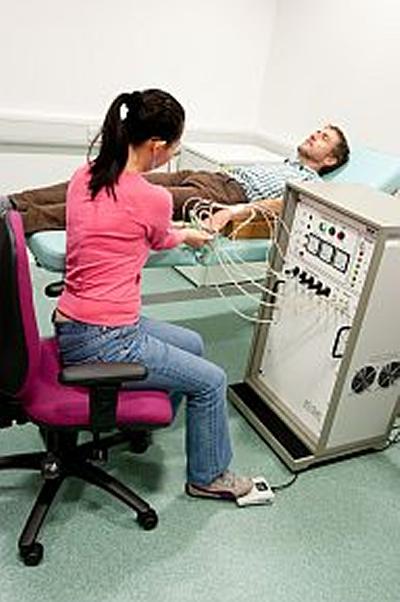Description
The Human Factors Research Unit offers Tier 5 diagnostic assessments of the vascular and neurological components of the hand-arm vibration syndrome (HAVS).
A full assessment includes a detailed interview to establish the occupational and medical history of the patient, followed by a series of tests. The tests provide a quantitative assessment of the neurological and vascular state of the hands. The results of the tests are compared to normal values for diagnosis. A detailed report combines the findings from the interview and tests.
Tests
The tests commence with a measure of grip strength and finger dexterity. Neurological tests involve the determination of vibrotactile perception thresholds (using the HVLab Vibrotactile Perception Meter) and thermotactile perception thresholds for hot and cold (using the HVLab Thermal Aesthesiometer).
Vascular tests involve the measurement of finger systolic blood pressures (using the HVLab Multi-Channel Plethysmograph)
All tests are conducted using methods as recommended in the ‘Standard diagnostic methods for assessing components of hand-arm vibration syndrome’ guidelines (Lindsell and Griffin, 1998).
Reference
Lindsell,C.J., Griffin,M.J. (1998) Standardised diagnostic methods for assessing components of the hand-arm vibration syndrome. Health and Safety Executive Contract Research Report, 197/1998, ISBN 0-7176-1640-1.

Contact Us
Please contact us with your enquiry.